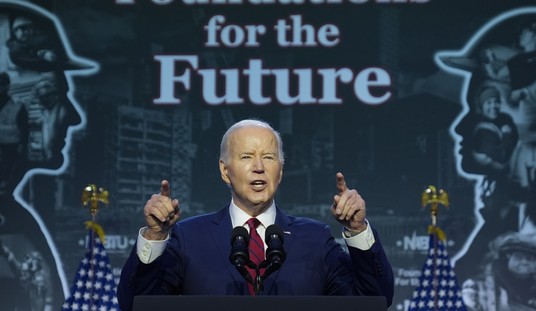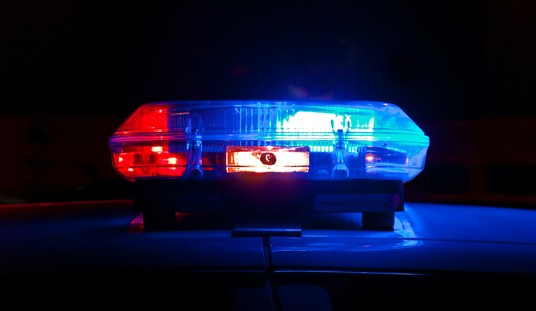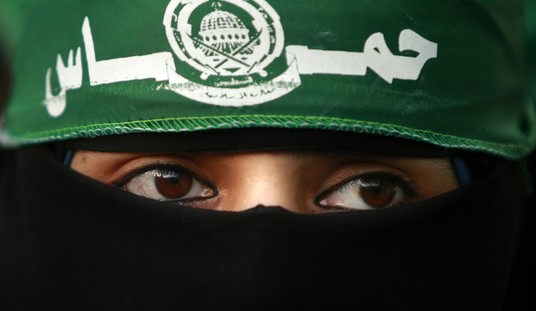As of today, the Texas Parks and Wildlife Department (TPWD) is accepting comments for a proposed rule change that would enable you to hunt this fall with quieter firearms, making your outdoor experience safer and more enjoyable.
Scott Vaca, TPWD Assistant Chief of Wildlife, said the proposed suppressor regulation covers hunting, and if approved at the March 29 meeting of the Texas Parks and Wildlife Commission, hunting with suppressors will begin on September 1, 2012.
The proposal is now official, because it’s been announced in today’s Texas Register (search for “Chapter 65” or “sound-suppressing”). According to the TPWD news release:
Comments on the proposed rules may be submitted by phone or e-mail to Robert Macdonald (512) 389-4775;
e-mail: [email protected], Texas Parks and Wildlife Department, 4200 Smith School Road, Austin, Texas 78744.
The cut-off date for comments is when the commission votes (March 29). You may also sign to speak at the meeting. Just show up in person and fill out the supplied cards.
Suppressors: What They Are and How They Work
According to gunsmith and firearm maker Doug Kelsay, to legally make a suppressor, a dealer needs a Class 3 ATF license, and must pay “Special (Occupational) Tax Rates Under The NFA [National Firearms Act of 1934]” which costs an extra $500-$1,000/year depending on their business volume. This allows to the licensee to build and sell NFA weapons like suppressors.
Buying one requires you to transfer it from the FFL, but first you must undergo a background check, obtain ATF approval, and pay a $200 tax. Each purchase goes through this entire process. Approval can take up to nine months, so if you wait until after the rule changes, you may not have a suppressor for this year’s hunting season.
Being a small manufacturer, Kelsay estimates suppressors would cost about $400 apiece. The materials cost about $100, so the tax doubles the cost for a decently-manufactured suppressor (materials plus labor).
Suppressors are made from varying designs. The quietest contain rubber washers that slow the bullet down to sub-sonic speeds, but the washers last only about 100 shots. Other designs contain no parts that contact the bullet. These can last indefinitely, but they’re louder.
An effective suppressor makes a .22 firearm sound like a pellet gun. To a shooter, any suppressed firearm is “much quieter.” But sound still travels downrange for bullets not slowed by suppressors; a normal rifle round still sounds loud to the deer in front of your muzzle, so a missed shot will likely scare off game animals. In any case, Kelsay still recommends ear protection.
If you’re considering some homemade solution, be warned that you’re violating the NFA, which could result in federal felony charges, because suppressors are considered firearms (called a “muffler” or “silencer” by the ATF).
Kelsay said: “The advantage is the suppressors make shooting more enjoyable for everybody, due to reduced noise.” This can make for happier neighbors, as well as healthier hearing.
In any case, this is an opportunity for citizen activism to take one small step forwards in restoring the Second Amendment.








Join the conversation as a VIP Member